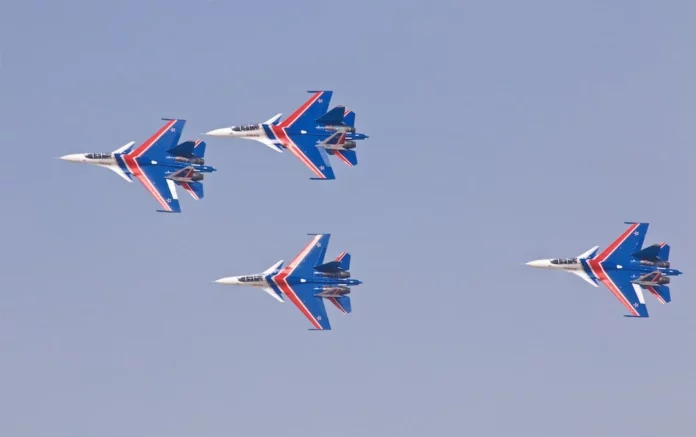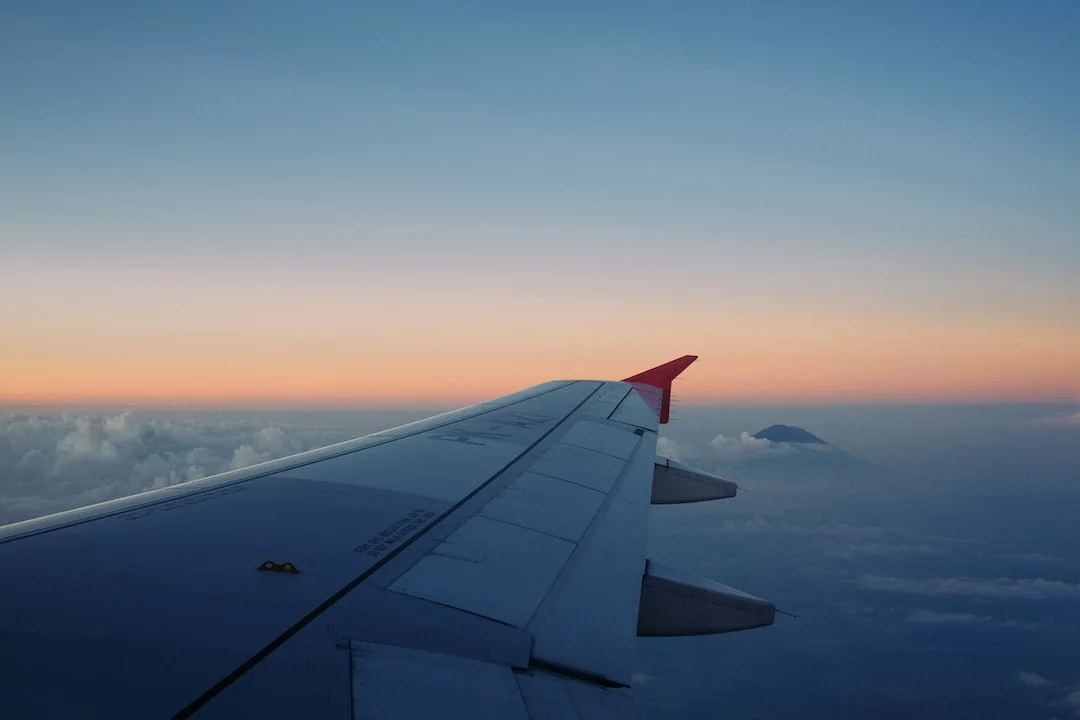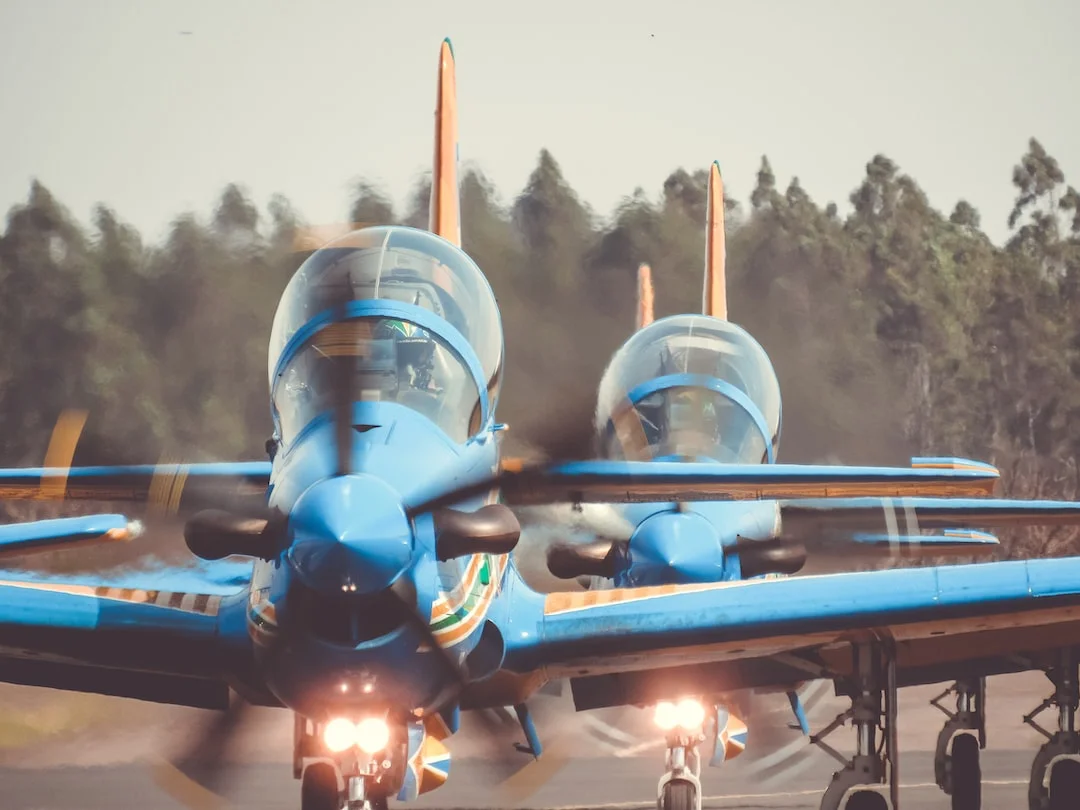The Maximum Operating Speed, also known as VMO, is a critical parameter for every aircraft, including the Boeing 737. It represents the maximum airspeed at which an aircraft is allowed to operate under normal conditions. Exceeding this speed could lead to structural damage, loss of control, or other dangerous situations. In this article, we will explore the concept of VMO in detail and understand its significance in the operation of the Boeing 737 aircraft.
Contents
What Does Maximum Operating Speed Mean?
The Maximum Operating Speed, or VMO, is defined as the maximum calibrated airspeed that should not be exceeded during normal operation. It is indicated in knots (KTAS) or Mach, depending on the stage of flight. The VMO speed varies with altitude, as the air density decreases with increasing altitude. This means that for a given Mach number, the true airspeed (TAS) will be higher at higher altitudes.
The VMO speed is determined by considering various factors, including aerodynamic limitations, structural integrity, and stability requirements. It is crucial to ensure that the aircraft remains within its designed flight envelope to prevent any undesirable effects that could compromise safety.
For the Boeing 737, the VMO is typically around 340 knots indicated airspeed (KIAS) or Mach 0.82. However, it is important to note that different variants of the aircraft may have slightly different VMO speeds, depending on their specific design characteristics and operational requirements.
Why is Maximum Operating Speed Important?
The Maximum Operating Speed is a crucial parameter for the safe operation of any aircraft. It serves as a limit to prevent the aircraft from exceeding its structural and aerodynamic capabilities. Going beyond this speed can lead to a variety of issues, including:
- Structural damage: Exceeding the VMO speed can subject the aircraft to excessive loads that may exceed the structural limitations. This can result in permanent deformation, fatigue cracking, or even catastrophic failure of critical components.
- Control issues: High speeds can lead to reduced aircraft stability and control authority, making it challenging for the pilots to maintain the desired flight path. This can compromise the overall safety of the flight.
- Damaged systems: The excessive forces encountered at high speeds can also affect the aircraft’s various systems, such as flight controls, hydraulics, and engines. This can result in degraded performance or even complete system failures.
By adhering to the VMO speed, pilots can ensure that the aircraft operates within its safe limits, minimizing the risk of accidents or incidents. It is a critical parameter that forms an integral part of aircraft operations.
Factors Affecting Maximum Operating Speed on Boeing 737
Several factors influence the Maximum Operating Speed of the Boeing 737 aircraft. Let’s take a closer look at some of the key factors:
1. Aircraft Configuration:
The specific configuration of the aircraft, such as the presence of winglets or other modifications, can affect its aerodynamic performance and thus impact the VMO speed. Certain aircraft variants may have different VMO speeds due to variations in their configurations.
2. Weight and Balance:
The weight and balance of the aircraft have a direct impact on its performance and limitations, including the VMO speed. Heavier aircraft may have different VMO speeds compared to lighter ones, as the structural considerations may vary.
3. Altitude:
As mentioned earlier, the VMO speed varies with altitude. Higher altitudes require higher VMO speeds to account for the lower air density. The Boeing 737’s VMO speed is typically higher at higher altitudes to maintain a consistent Mach number.
4. Flight Phase:
The VMO speed can also vary depending on the specific flight phase. For example, during takeoff and landing, the VMO speed is typically lower than during cruise flight. This is to ensure that the aircraft remains within safe limits while operating at lower altitudes and during critical phases of flight.
By considering these factors, pilots can determine the appropriate VMO speed for a given flight and ensure the safe operation of the Boeing 737 aircraft.
Conclusion
The Maximum Operating Speed, or VMO, is a critical parameter for the Boeing 737 aircraft. It represents the maximum calibrated airspeed that should not be exceeded during normal operations. By adhering to the VMO speed, pilots can ensure the aircraft stays within its safe limits, minimizing the risk of structural damage, control issues, and system failures.
Understanding the factors that affect the VMO speed, such as aircraft configuration, weight and balance, altitude, and flight phase, is crucial for pilots to determine the appropriate speed for safe operations. By considering these factors and adhering to the VMO limitations, pilots can ensure the safe and efficient operation of the Boeing 737 aircraft.




